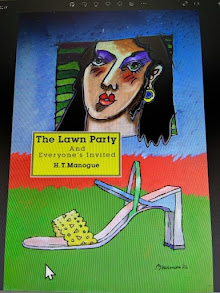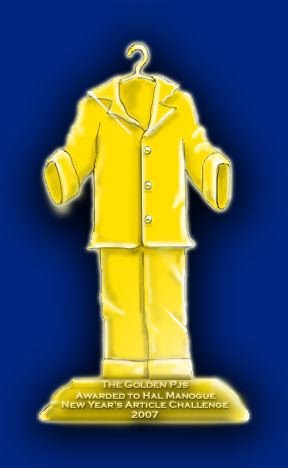You can know something which you are not aware that you know.
Augustine was influenced by the work of Plotinus. His 5th century knowledge is still an important part of the Christian faith. Augustine’s words about knowing are certainly true. We do have stored knowledge, and we don’t know we have it. Our cellular structure is composed of conscious atoms and molecules. Our cells have a certain kind of memory that functions within time, but the cells are also capable of knowing outside of our linear time boarder. The cells deal with physical probabilities as well as non-physical events. That combination alters our cellular formation.
Our cells are constantly dying and being born again, and that process does not betray the inviolate nature of the cells. The “dead” cells are not dead. They just cease being physical. The new cells hold the knowledge of the dead cells within them, so no information is ever lost. There is inexhaustible creativity within our cells. Our cells contain the knowledge we use to function physically, but they also hold knowledge of the past and future. They constantly assess and compare probabilities and probable action using the genetic information within them.
Our most intricate behavior patterns are kept on file in the cells, and that enables them to make predictive judgments about our environment, and our personal reality. We know more that we think we know, but we don’t use that knowledge because we don’t believe we know what we know. We always use our hidden knowledge even though we are not consciously aware of using it.










